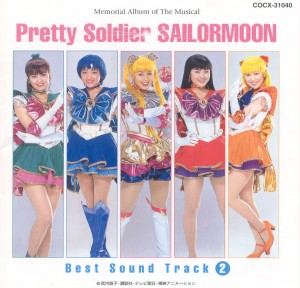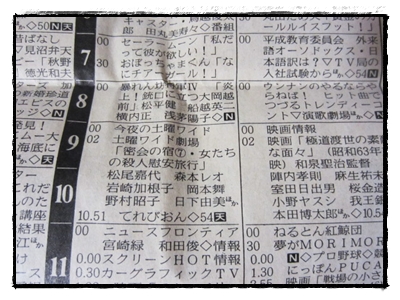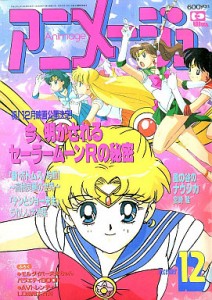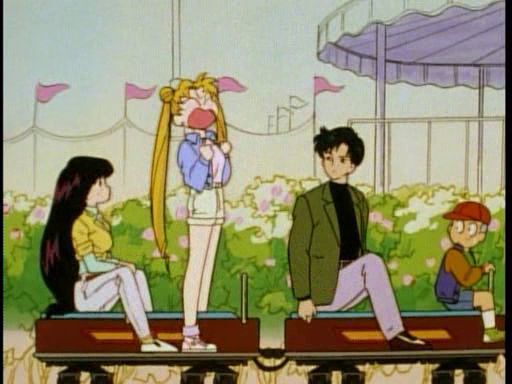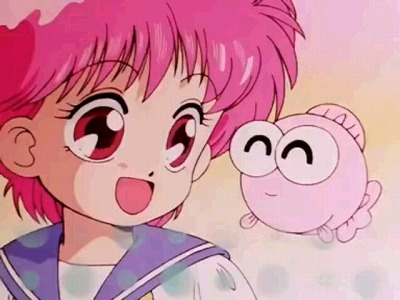This is a question that has been asked both by Japanese and international fans of Sailor Moon since time immemorial… or at least since the series first debuted in 1992. While there are little differences here and there in the intricacies of all the other characters’ personalities, Rei stands out in being simply so completely different between the anime and manga. How is it that the mature, self-assured, lady-like, and self-proclaimed man-hating1 young woman in the manga became the boy-hunting foil for Usagi in the anime? Even Ms. Takeuchi herself had complained about how the anime changed the character. So, what happened?
One of the simplest explanations for the change — and one that probably explains at least half of the story behind it — is that while the focus of the manga was on the story of young love and young girl fighting against the forces of evil (at least in the first season), the focus of the anime was more on friendship and the relationship between the five girls. The strength of their friendship, for example, is what gave Sailor Moon the strength to defeat Queen Metalia in the end.
Another contributing factor was due to the slightly younger intended audience of the anime and the fact that, unlike the solitary nature of a manga (where the reader engages in it by themselves), a television program is typically a group experience, perhaps watched with your family or with friends. For this reason, the anime team went with a decidedly more comedic route than what you saw in the original manga. Rei — the soldier of fire — seemed like as good of a candidate as any, I suppose, to play the opposite of Usagi and constantly push her, argue with her, and fight for the attentions of their shared love interest, Mamoru.
But perhaps there’s a slightly deeper reason for this, another reason why it is that the anime staff envisioned Rei as more of a wild, outgoing girl. There very well may be, and that reason could very well be tied directly into where the story takes place (and — more specifically — where Rei lives and plays).
Rei is said to go to T.A. Catholic School (a private all-girl’s school)2 which seems to be based on Toyo Eiwa Jogakuin (T from Toyo and the ei in Eiwa is pronounced “A” in Japanese, which would explain the name TA chosen by Naoko).3 The school is located in a part of Roppongi where there are quite a few embassies, high class restaurants, and has a vibe of what one could call the “upper crust part of town.”
Incidentally, TV Asahi (the station which carried the Sailor Moon anime during its original run) is also located in Roppongi, though despite being in the same area, the feeling of the town is incredibly different. Particularly at that time, in the late 1980s and early 1990s (and even today, to be honest), Roppongi was known for its discos and wild night-life entertainment. Late night drinking, women in short skirts, and dance clubs running late into the night were and are the norm. The most famous of which, Juliana’s,4 was located in Shibaura, in the same Minato ward and nearby to Roppongi.
While I wouldn’t go so far as to say that it was a misunderstanding by the anime staff when they were deciding how to interpret the characters from paper to the airwaves, I think the staff working on the series definitely had a different impression when they heard the words “Roppongi girl,” which could have led to at least some of the differences we see in Rei’s personality. While Ms. Takeuchi’s association was likely more in line with the private Catholic girls school, the embassies, and sky-rise apartments, the day to day experience of the TV Asahi directors and writers would have been very different and more akin to the night club life that Americans would more closely associate with Las Vegas.
This difference ultimately sorted itself back out in the live action show and Crystal, so it’s fair to say that the manga is obviously what would be considered to be the “correct” Rei Hino, but I for one find them both to be interesting in their own ways. Even if it was unintentional, I think it gives you a chance to enjoy the same character twice, even if I admittedly do prefer the manga!
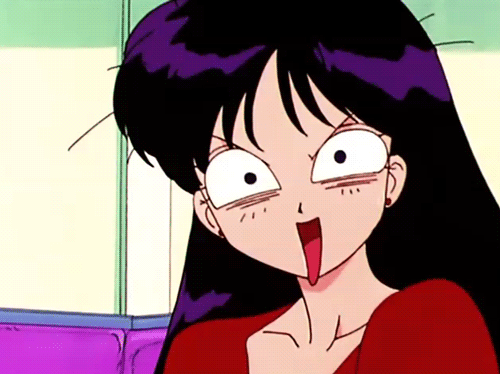
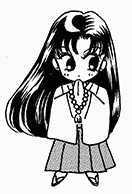
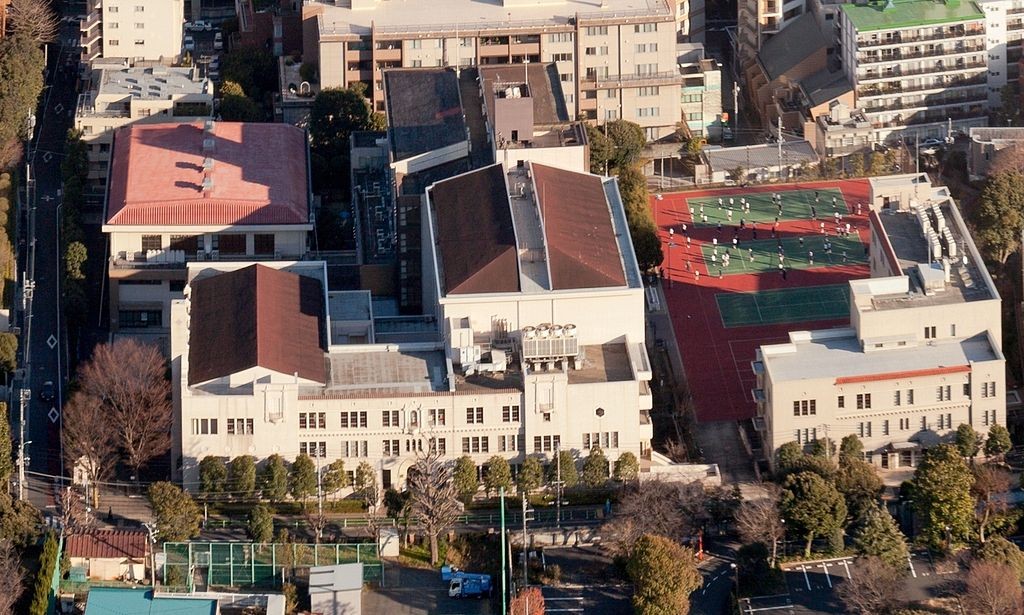
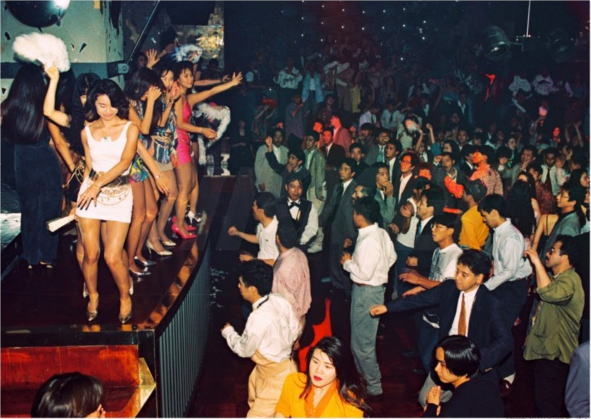



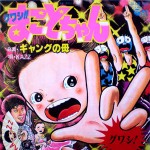
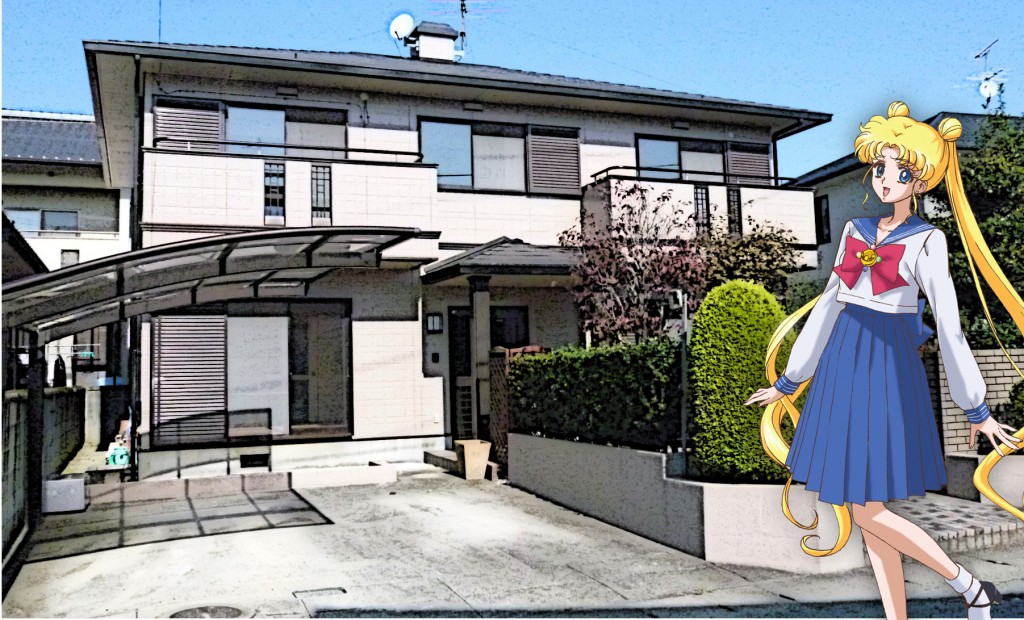
![Pretty [???] Sailor Moon](https://www.tuxedounmasked.com/wp-content/uploads/2015/11/4aa2acd4a0bb8e80e2b2b96895891079.png)
